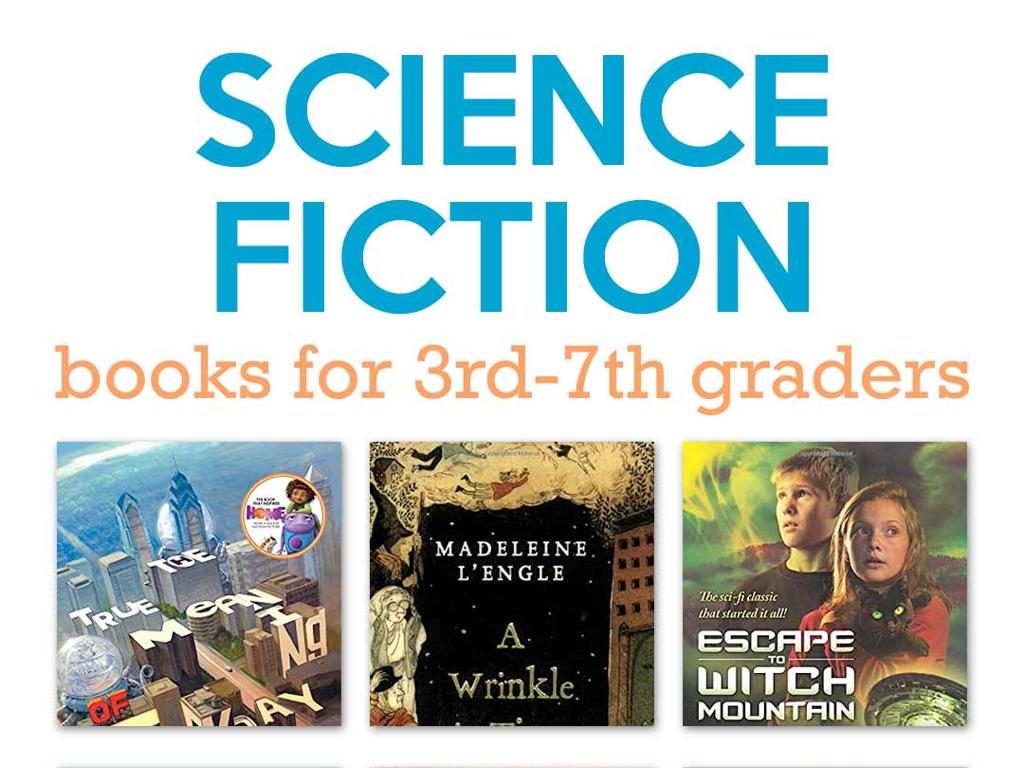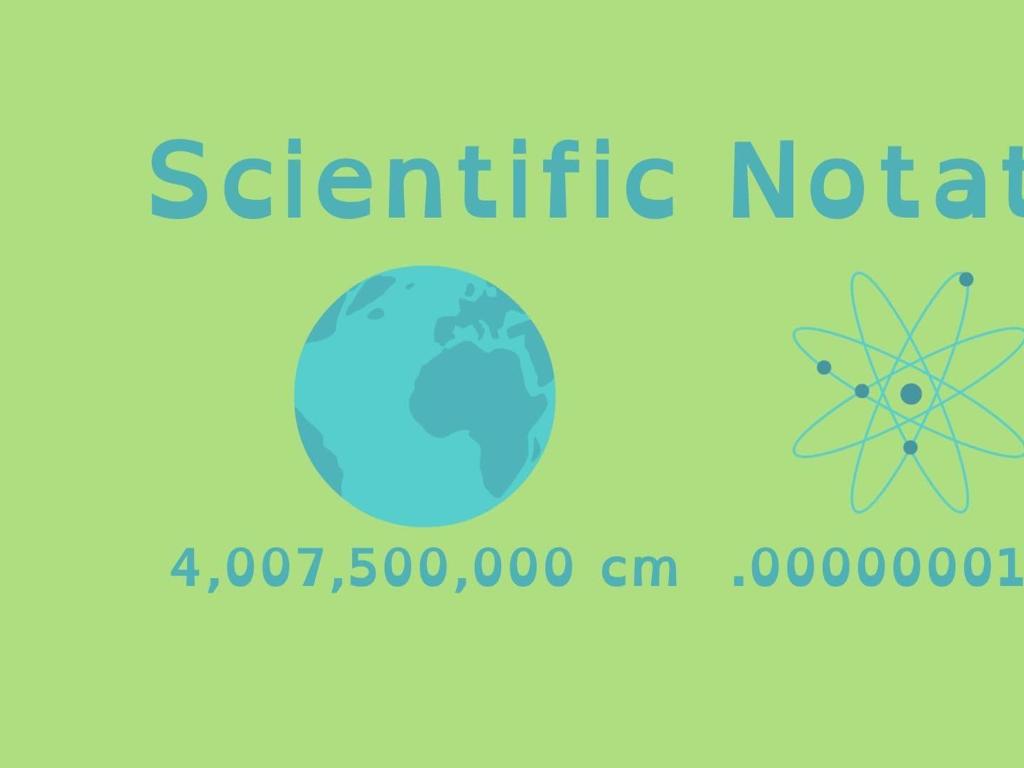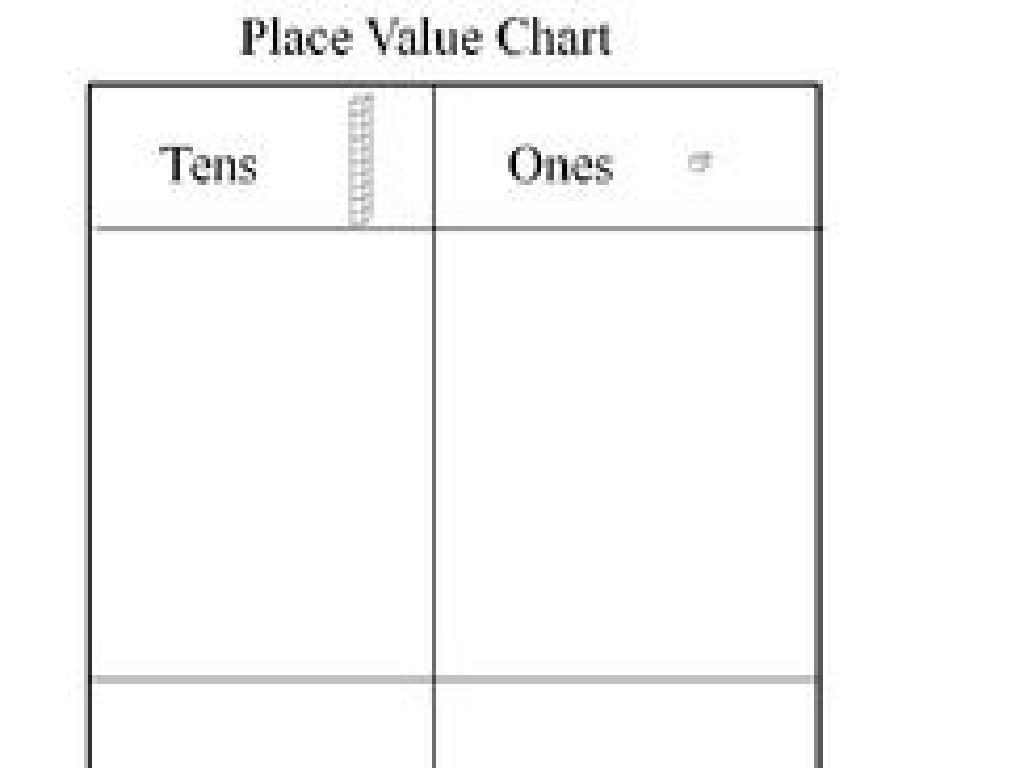Earth Materials: Water, Rocks, And Soil
Subject: Science
Grade: First grade
Topic: Earth'S Resources
Please LOG IN to download the presentation. Access is available to registered users only.
View More Content
Exploring Earth’s Materials
– Earth is made of amazing materials
– Water: A vital resource
– Covers 71% of Earth & essential for life
– Rocks: Earth’s building blocks
– Comes in many forms like granite & limestone
– Soil: More than just dirt
– Home to plants & creatures, made of decayed matter
|
This slide introduces the basic materials that make up our planet, aimed at first graders. Begin by explaining that Earth is composed of various materials, each with its own importance. Discuss water as a crucial resource for all living things, covering most of the planet. Introduce rocks as the building blocks of Earth’s surface, coming in many types and forms. Explain soil as a resource that supports plant life and houses many small organisms, composed of decayed organic matter and minerals. Use simple language and relatable examples to help students understand the significance of these materials in their daily lives.
Exploring Water: Earth’s Vital Resource
– Water is a drinkable liquid
– Found in oceans, rivers, lakes
– Covers most of Earth’s surface
– Essential for animals and plants
– All living things need water to survive
– Water’s role in our world
– We use water for drinking, washing, and playing
|
This slide introduces students to the concept of water as a crucial part of Earth’s resources. Begin by explaining that water is a clear, drinkable liquid that is found in many places around the world, including oceans, rivers, and lakes. Emphasize the importance of water for all forms of life, noting that both animals and plants cannot live without it. Discuss the various uses of water in our daily lives, such as hydration, hygiene, and recreation. Use simple language and relatable examples to help first graders understand the significance of water. Encourage students to think about how they interact with water every day and to share their experiences.
Fun Facts About Water
– Water has three forms
– Water can be liquid, solid (ice), or gas (steam).
– The water cycle is Earth’s recycling system
– Water moves from the sky to land and back again.
– Rain nurtures plants and soil
– Plants need rain to grow and soil needs it to stay healthy.
|
This slide introduces students to the fascinating properties of water, an essential Earth material. Begin by explaining that water can change into three different states: liquid, solid, and gas. Introduce the water cycle as a way that water moves around our planet, from the sky to the land, and eventually back again, much like a big circle. Emphasize the importance of rain for plant growth and maintaining moist soil, which is vital for agriculture and ecosystems. Use simple language and relatable examples to help first graders grasp these concepts. Consider bringing in a visual aid, like a diagram of the water cycle, to help students visualize the process.
Let’s Talk About Rocks
– Rocks are hard and made of minerals
– Minerals are natural substances found in rocks
– Rocks come in various sizes and colors
– Small pebbles to huge boulders, brown to sparkly
– Rocks help us build houses and roads
– Buildings, statues, and pathways use rock materials
– Exploring different types of rocks
|
This slide introduces students to the basic concept of rocks and their importance. Begin by explaining that rocks are made of minerals, which are substances found naturally in the earth. Show examples of different sizes and colors of rocks, from tiny pebbles to large boulders, and discuss the variety of colors like brown, red, and even sparkly ones. Highlight how rocks are used in construction, such as in building homes, creating statues, or paving roads. Encourage students to think about and share their experiences with rocks, whether in their own yards, parks, or buildings they’ve seen. This will help them connect the material to the real world. You can bring in rock samples for a hands-on experience or plan a rock discovery walk if possible.
Rocks Are Everywhere!
– Rocks found on ground and mountains
– Some rocks have fossils inside
– Fossils are remains of ancient life
– Rocks tell Earth’s history
– Different layers signify different ages
– Importance of studying rocks
– Studying rocks helps us understand changes over time
|
This slide introduces students to the ubiquity and importance of rocks in understanding Earth’s history. Emphasize that rocks are not just stones we see every day but are also historical records. Explain that fossils are like nature’s time capsules, preserving ancient life forms. Discuss how the layers in rocks can tell us how old they are and what the Earth was like when those rocks formed. Encourage students to observe rocks in different places and consider what they might learn from them. This will help instill a sense of curiosity and respect for the natural world.
Soil: The Skin of the Earth
– Soil is tiny pieces of nature
– Made of rocks, dead plants, and animals
– Plants use soil as a home
– Roots live here and find food
– Soil has different types
– Like sand, clay, and loam soils
– Each plant needs special soil
– Cactus loves sand, carrots love loam
|
This slide introduces students to the concept of soil as an essential part of Earth’s resources. Explain that soil is not just dirt, but a combination of many natural things, including tiny rock particles, and bits of dead plants and animals. It’s important for the students to understand that soil is where plants grow their roots and obtain nutrients. Discuss the different types of soil, such as sandy, clay, and loam, and how certain soils are better for growing certain plants. For example, sandy soil drains water well and is good for plants like cacti, while loam is rich in nutrients and is great for growing vegetables like carrots. Use this opportunity to encourage curiosity about the natural world and the importance of soil in supporting life.
Why is Soil Important?
– Soil helps plants grow
– Holds water and nutrients for plants
– Home to many animals
– Creatures like worms improve soil health
– Essential for farmers
– Used to grow our food like fruits and veggies
– Supports ecosystems
|
This slide aims to educate first-grade students on the importance of soil as an Earth material. Begin by explaining how soil acts as a natural resource that provides water and nutrients to plants, making it crucial for plant growth. Discuss the role of animals, such as worms, that live in the soil and contribute to its health by aerating it and breaking down organic matter. Highlight how farmers rely on healthy soil to grow the fruits and vegetables we eat, emphasizing the connection between the soil and the food on their plates. Lastly, touch on the broader ecological significance of soil in supporting diverse ecosystems. Encourage students to think about how soil affects their daily lives and the environment.
Class Activity: Exploring Earth Materials
– Create mini-gardens with earth materials
– Touch and describe soil, rocks, and water
– Feel the texture, is it rough, smooth, wet, or dry?
– Observe how materials help plants
– Notice how water and soil are used by the plant
– Discuss the role of each material in growth
– Soil provides nutrients, rocks support, water is life
|
This activity is designed to give students a hands-on experience with earth materials. Provide each student with a small container, soil, rocks, and water to create their own mini-garden. Guide them to feel the texture of each material and describe it. This will help them understand the properties of these materials. As they plant seeds or small plants, discuss how soil supports the plant with nutrients, rocks help with drainage and stability, and water is essential for plant growth. Encourage them to observe changes over time and understand the importance of each material in the ecosystem. Possible activities include comparing plant growth with different amounts of each material, discussing the water cycle, or identifying different types of rocks and soils.






